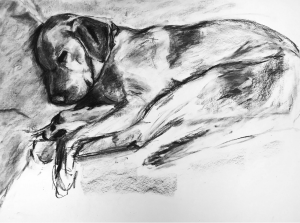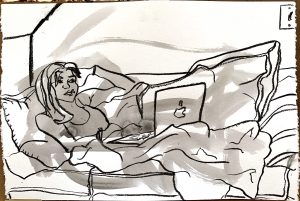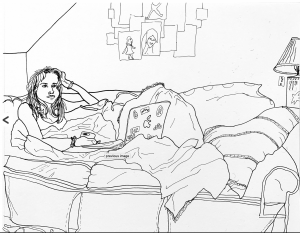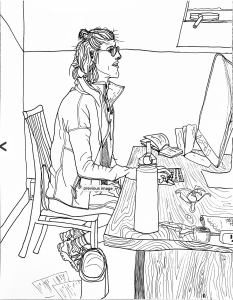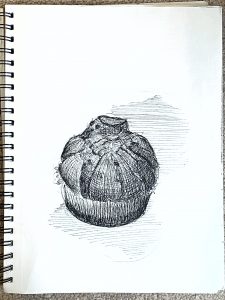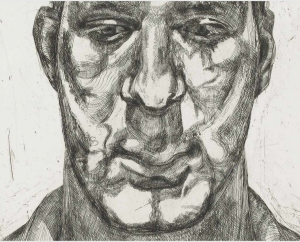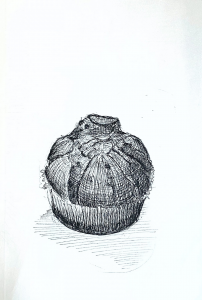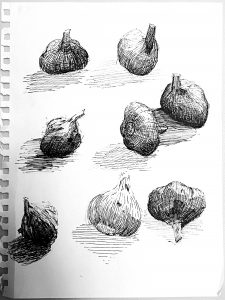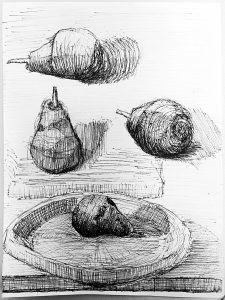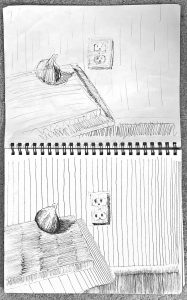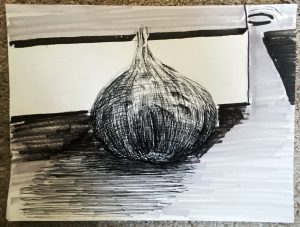
John William Waterhouse portrait
Despite your doubts, this is a fine rendition of the Waterhouse. As I mentioned to you elsewhere, even if he did a second version it would come out differently. Expressions like being pensive and being angry often hang on the slightest of nuances–raising an eyebrow a scintilla, the slightest flair in a nostril.
I notice here, as in your self-portrait below, that you’ve added space above her head. This also has a psychological effect on how we read the image. Composition contributes to meaning as much as (maybe more than) any other element.
Charcoal pencil on paper. 12.5X16

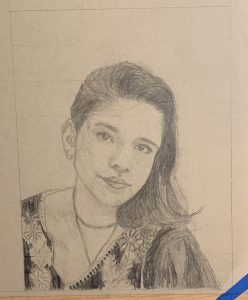
X (but with a better cropping)
First, I squared up the image (below), gave it an even border (you should leave more than that bottom edge at the start–at least an inch, in case it ever gets matted and framed), removed the tape, and increased the contrast slightly, just to make the drawing more legible….
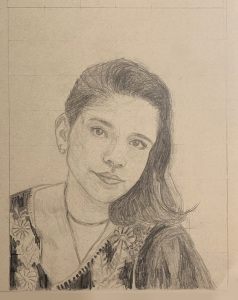
Then I’m suggesting cropping it closer to the top of the head. A rule of thumb in portraiture is to have the eyes in the upper half of the composition. Yours are about half way down, which makes the figure feel more diminutive (both physically and expressively).
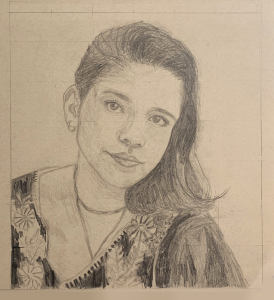
But I’d go so far as to crop into the hair slightly, which activates the negative spaces to either side of the head (and therefore all of your other shapes), and draws more attention to the eyes. It also creates a more uniquely proportioned rectangle rather than the business-as-usual rectangles that paper (and photos) come in.
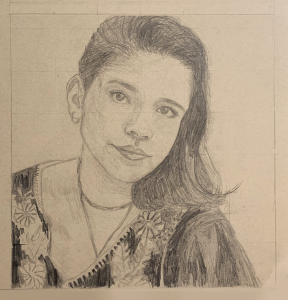
As for the drawing itself–it’s beautiful.
Drawings are like lie detectors–this one is telling us you’re more captivated by the patterns on the dress than the portrait. The portrait is great but drawn with a certain reservation. Punching up the contrast in the eyes alone would help a lot. Also, her right eye (on our left) should be a bit closer to the bridge of the nose. As in the photo, note how the tear duct is directly above the side of the nostril. You nailed this on the other eye.
As in the Waterhouse copy, being on toned paper, this is ripe for some white highlights. They only need to be very delicate but they’d add a lot, especially given the light in the photo–
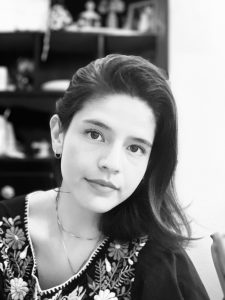
Pencil on paper 12 X 16
I just not realized that the weekly assignments Mark sent us were just a suggestion and for the Drawing I class. I’ve been more concerned with completing the assignments than with maintaining my thesis. I was so confused why everyone else wasn’t following, and this is why there has been such a disconnect between my works.
ANYWAY
There is some continuity though. Both of these drawings are portraits and from photos. The first is based off of a John William Waterhouse study. And the second is from a photo I took on my phone for the “self-portrait” assignment. (I’m really kicking myself for this) I’m more please with the Waterhouse drawing but I don’t think I successfully captured the look in her eyes. My eyes are more intense while the original’s are not. I also think I made the face shorter than it really is. And the nose more pointy than it should be.
For both of these drawings, I placed a grid on the photo to help with my spacing. I think it was successful in the first but didn’t really help me with the second. The eyes do not align with each other and the shape of the face is off. The forehead is more square than my reference. I don’t know man… I watched the videos mark sent us but I’m still really struggling with drawing the portrait. I’m going to do more studies this week to prepare for a drawing I will do of my sister.

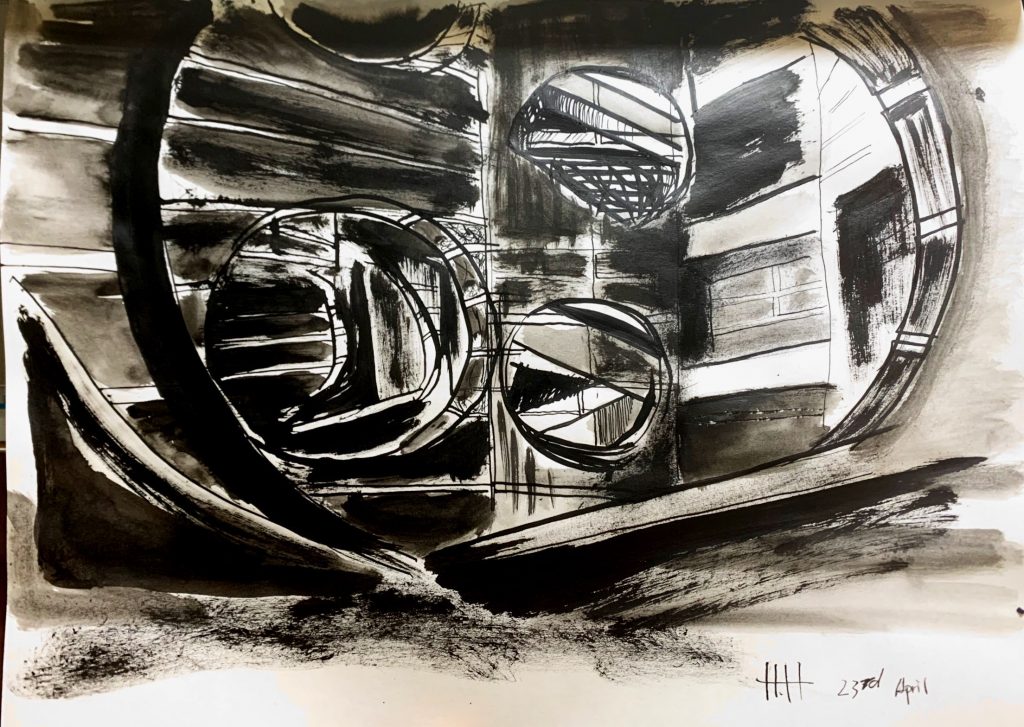









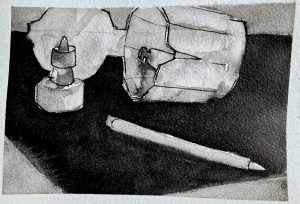

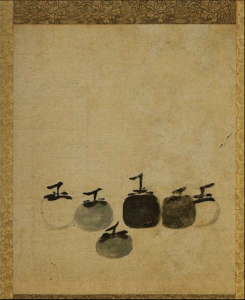
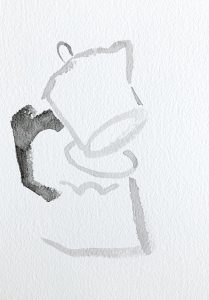
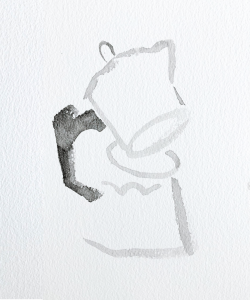
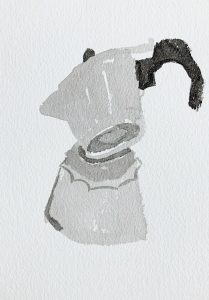
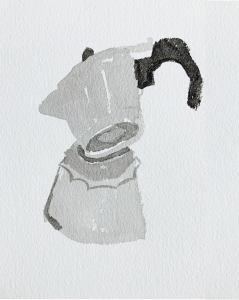

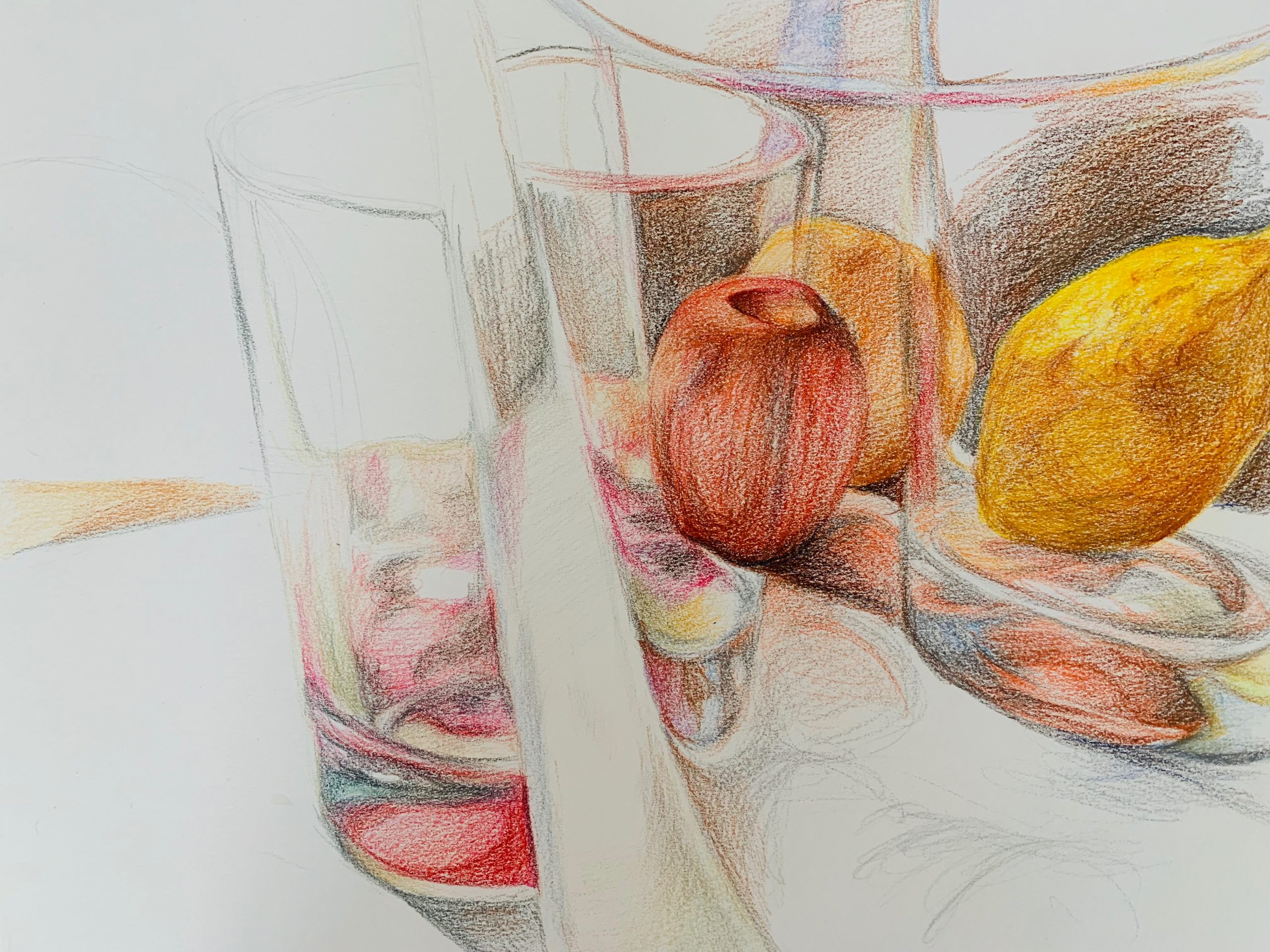
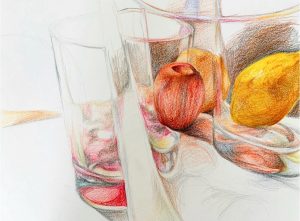
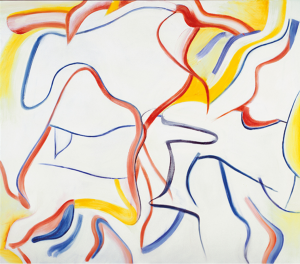
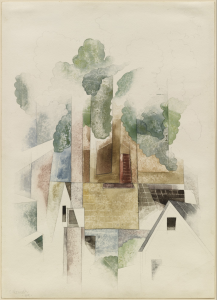


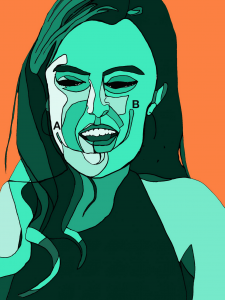
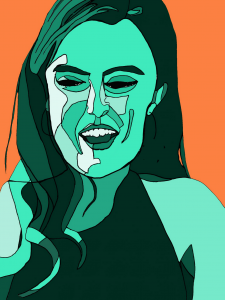

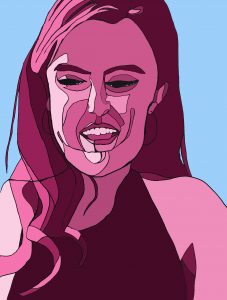
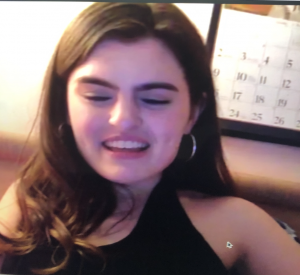

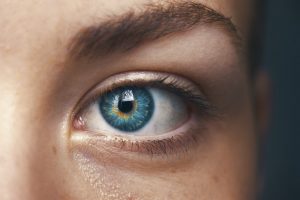


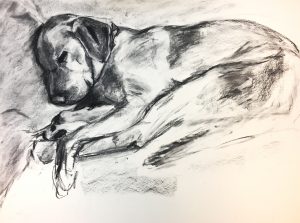 Charcoal and Vine 18×24
Charcoal and Vine 18×24